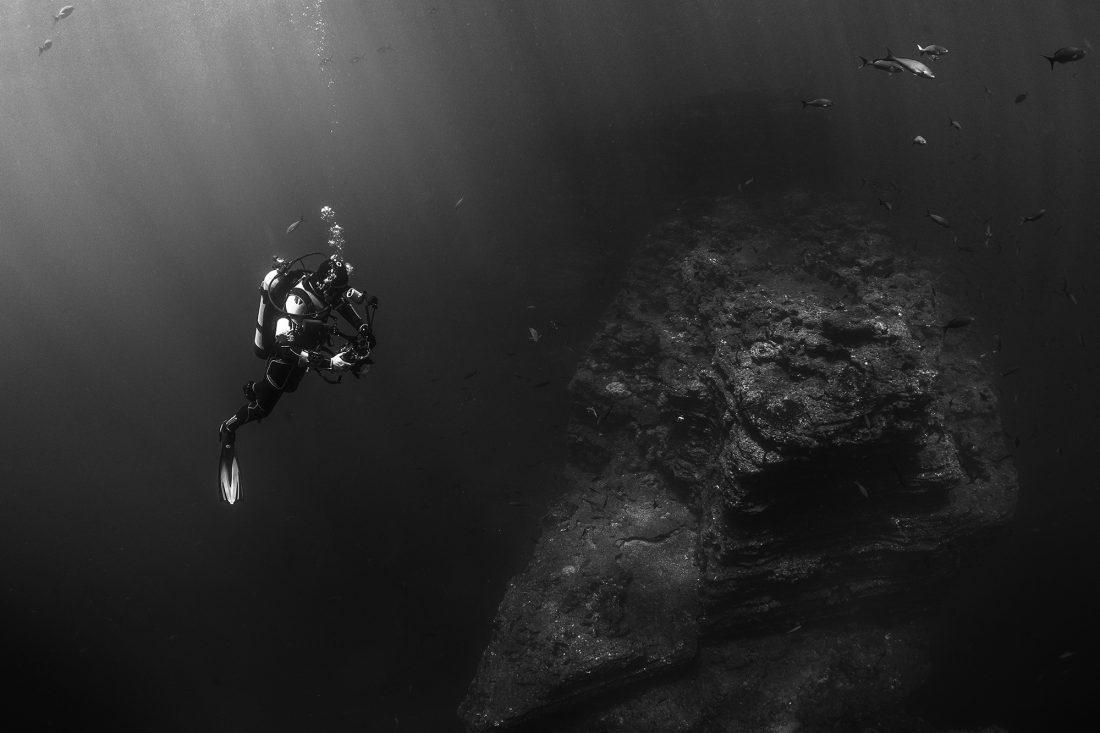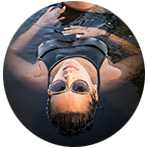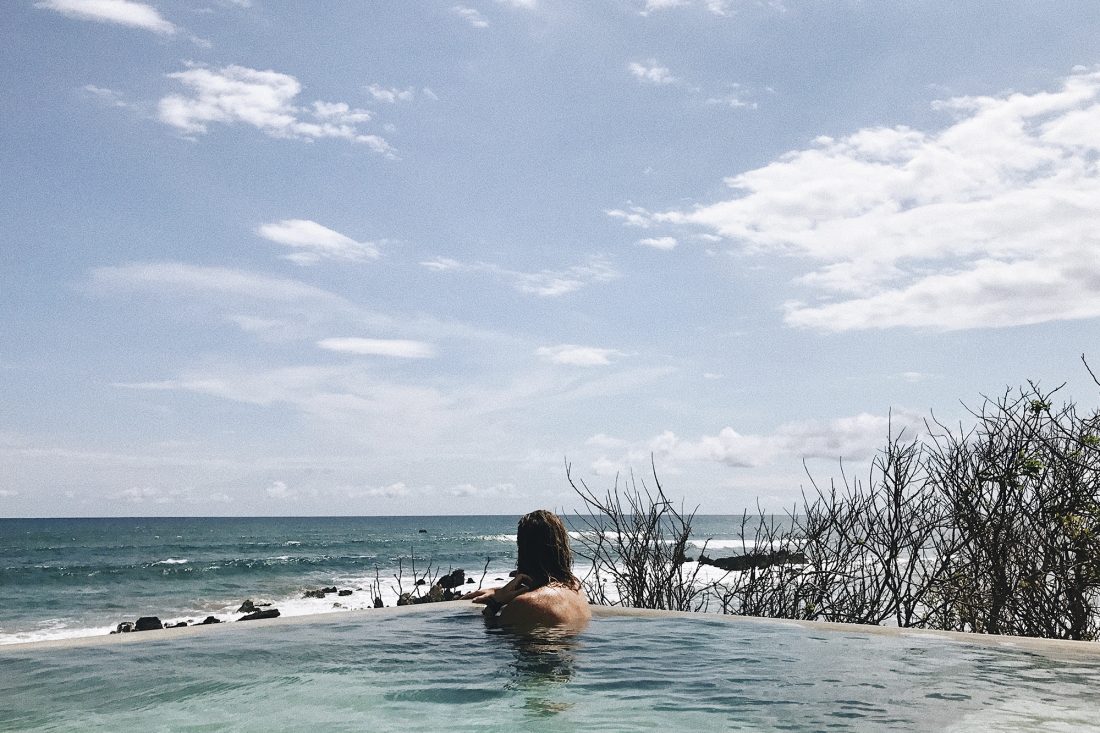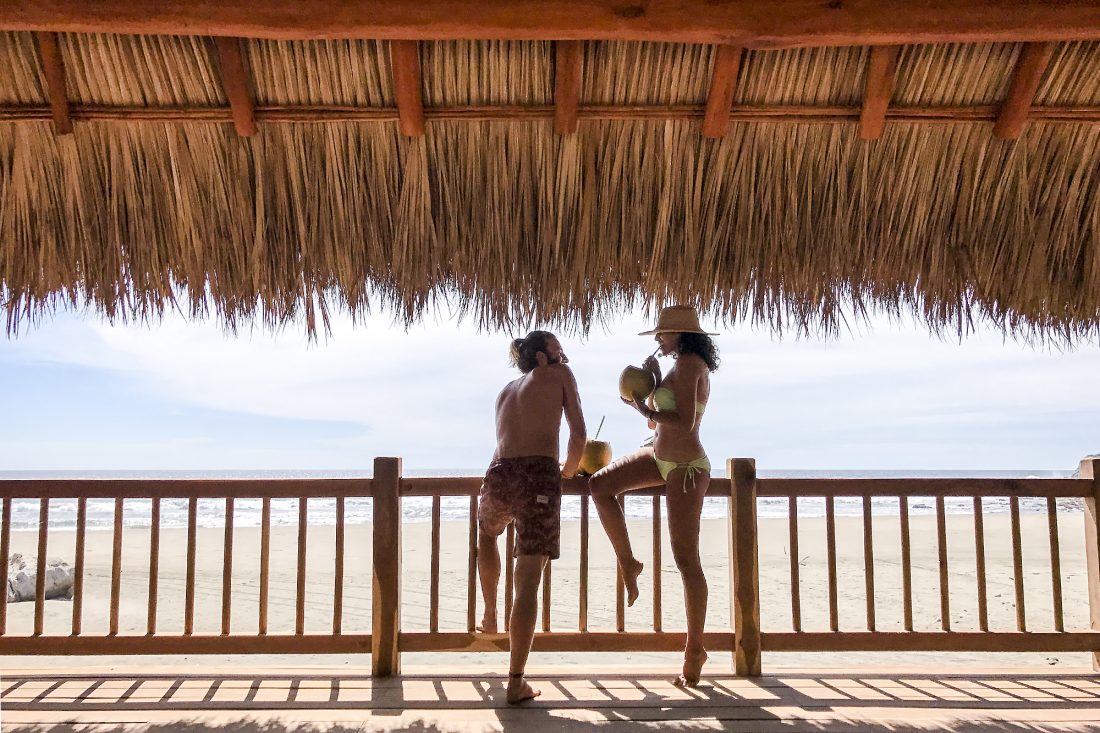
How is being PADI Advanced Open Water Diver
“It is not down on any map; true places never are.”
– Herman Melville
Congratz! You’ve just completed your PADI Open Water course. Now you’re thinking of getting advanced certification. Well, it turns out I’ve recently become PADI Advanced so read on to see what it’s all about…
With a passion in diving and PADI’s Open Water Diver training under my belt, my next step was the Advanced Divers course. Why? With the Great Blue Hole in Belize being on my Bucket List, the advanced course would be a necessity to realise my dream of finally diving there and ticking it off. So, whilst Linda and I were checking out the Mexican Caribbean coast, we decided to spend a couple of days underwater obtaining our PADI Advanced in Playa Del Carmen. Here is a taste of what we encountered.
Firstly, we needed to find a company to obtain our training and certification and at a decent price. In terms of popularity, diving has grown into an absolute beast over the past years. Now, most coastal tourist hotspots are peppered with popup dive shops both big and small plus a magnitude of freelance divers all offering different dive packages at varying costs. So, after spending a full day of dive shop hopping and countless email enquiries we decided to follow up a lead of a freelance diving group. We contacted and arranged to meet the instructors that afternoon on a street corner in the centre of town – being freelance divers they don’t operate out of a shop or office. If you want to know if your potential dive instructor is legit, ask to see their dive license. There should be a membership number that you can use to verify the membership status of that individual PADI Professional Member.
We wanted to find the best instructor for our needs. As much as the course was about getting certified to allow us to dive the Great Blue Hole, we also desired to have an epic experience with good conditions, being just the two of us in the water and great training in English – this is what we got with Unexplored Experience!
The PADI Advanced isn’t difficult and involves way less paperwork than the Open Water. The good thing is you don’t actually need to be an ‘advanced’ diver to take the course. It is designed to build on your skills learnt throughout the PADI Open Water Diver. Our training consisted of completing five “adventure” dives, each with a corresponding worksheet and set skills to complete underwater.
Some of the things I learnt:
-Deep Dive; dive depths down to 40m/130ft (PADI Open Water license only allows down to 18m/60ft). We got to do this on the very first dive – it was insane. We seen diverse marine life and noticed how at depth all the colours appear different to how they actually are at higher levels.
-Drift Dive; drifting was epic fun – almost felt like flying, but underwater. We learnt how to save energy by kicking back and letting mother nature do all the work. We found a strong current through a deep channel and drifted at a rapid pace for almost the entire dive.
-Wreck Dive; what a surreal feeling – diving a ship wreck in the middle of the caribbean. This wreck was teeming with marine life including massive moray eels. It was good to work on buoyancy control also, the wreck was covered in fire coral and you don’t want go anywhere near that.
-Underwater Navigation; a little boring but necessary skill. I had to swim and navigate with a compass at surface and at depth, practice kick cycles and landmark identification.
-Fish Identificaion; what was that fish? Well, now I know. I got to work on techniques for identifying and surveying the fish family groupings and understand more about the ecosystems and conservation of the underwater world.
The above are all part of the specialty adventure dives completed for the course. Deep dive and underwater navigation are mandatory, the remaining dives can be selected based on own preference. As part of the course I was also able to hone my skills for breathing, buoyancy control, equipment, underwater buddy communication and other general stuff you learn while diving.
The other bonus of doing your Advanced is you can get 5 tank dives pretty cheap – plus some training on the side. I paid US $270 for the course including equipment rental, transport, reading material and certification, so when you run the math, it works out to be US $54 per dive – sweet right!?
If you too had a taste of the open water diver course and want to see more in the ocean, then I recommend completing the advanced course. There are so many world class dive sites that simply won’t allow you to dive without having your advanced license or the relevant adventure diver courses completed.
Where’s next for me now? Suggestions are welcome!










LovaLinda
Spain, Ireland, Iceland, South Africa, Egypt, Sudan, Costa Rica, Galapagos, Cayman… There are infinite diving possibilities on my bucket list!!